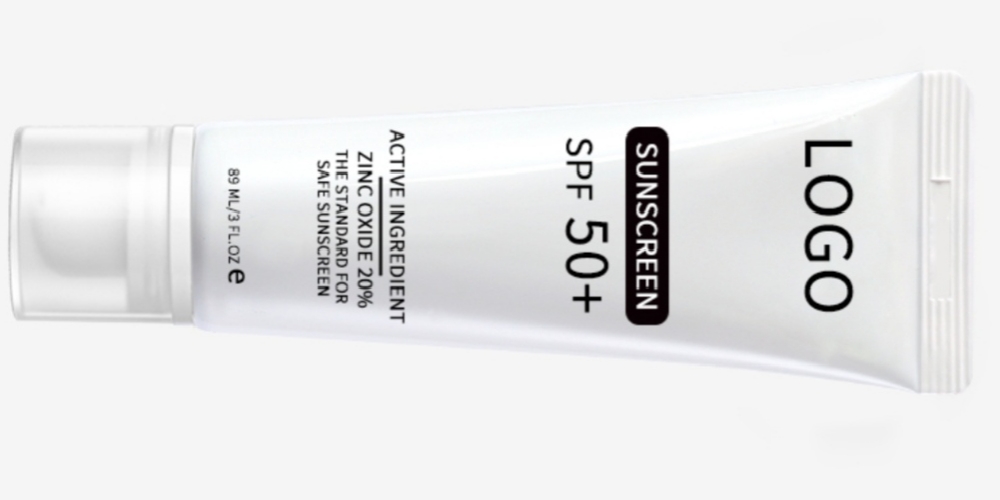Spending a considerable amount of time under the sun leaves our delicate skin cells vulnerable to damage from the sun’s ultraviolet radiation. This is why it is important to protect your skin with the right protection methods.
Sunscreens are a great and efficient way to protect the skin from absorbing the harmful ultraviolet radiation of the sun. If you’re one who spends a lot of time outdoors, having a bulk sunscreen at your disposal will help a lot.
How does Sunscreen Work?
All sunscreen types have two main components. The emulsion and the active ingredient. The emulsion (cream, lotion, milk, oil, foam or gel) is what carries the active ingredients. It affects how the sunscreen feels, smells and how it sticks to the skin. It is responsible for preserving the product so it lasts long.
The active ingredient does the work of protecting the skin from the sun. It is divided into two categories: UV reflectors and UV absorbers.
UV Reflectors
UV Reflectors, also called physical sunscreens, are made up of inorganic UV filters that block, scatter or reflect the sun rays before they enter the skin. They are known as physical blockers where they sit on top of the skin acting as shields rather than being absorbed into the skin.
These physical blockers are minerals such as titanium dioxide or zinc oxide. These two ingredients are least likely to cause skin reactions. Most UV reflectors are less likely to clog the skin pores.
UV Absorbers
UV absorbers, also called chemical sunscreens, work in a different way. They contain carbon based active ingredients which are designed to absorb the sun’s UV radiation on contact. They are made up of organic compounds that cause a chemical reaction when exposed to the sun rays. This process changes the UV radiation into a low heat which is then expelled from the skin.
What does SPF Mean?
Sunscreen doesn’t provide a total block but only a screen which means a small amount of UV radiation can still get on the skin.
Sun Protection Factor (SPF) is the measure of how much UV radiation that gets past the screen. The higher the SPF the greater the block.
This means that if it takes the skin 15 minutes to have skin burns, applying a sunscreen with SPF 50 would slow down the rate of burning to a point whereby it would take 50 times longer to do damage. Whereas, an SPF 30 sunscreen would slow down the rate by 30.
There are areas of the body that are more susceptible to sunburns simply for the fact that they get more sun contact. These areas might need a little bit more protection or more frequent application.
Conclusion
Sunscreens have proven to be an important product used to shield the skin against the harmful UV radiation of the skin. Greater awareness about the risks of constant exposure to the sun such as skin cancer, has increased the demand for the use of sunscreens. Using sunscreen regularly will help in decreasing the risks of various skin problems caused by UV radiation exposure.

